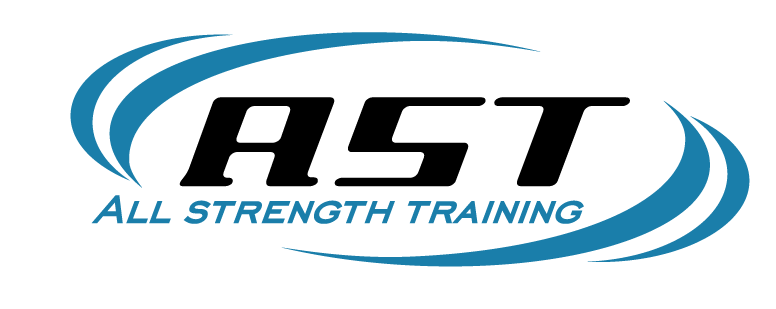Fix Your T-Spine to Improve Your Posture & Your Press

When it comes to improving posture and preventing injury, it’s best to start by working from the inside out. This is why core training has become so popular over the last few years – the idea that your center of mass has to be strong to control what’s going on in your extremities makes a lot of sense. When it comes to generating power, the same theory holds true. Ask any well-trained martial artist how much power a punch can generate when combined with adequate breathing, hip rotation and core control.
But what if there was a limitation in your movement that made all of that extremely hard, to the point where other, more vulnerable parts of the body had to start picking up the slack? This is what can happen if the spine is not properly aligned. Because as much credit as the core gets for being the center of the body, in reality, without the spine, the core means nothing.
The spine is divided into 3 major sections – cervical (upper, including the neck), thoracic (the mid-back), and lumbar (the lower back).

Much of the motion in the cervical and lumber areas is controlled by how much movement is available in the thoracic, or t-spine. Try this to see what I mean:
Stand up in your typical “slouched” posture – shoulders forward, back rounded, shoulder blades apart and chest sunken in. Now, without changing your body position, try to reach overhead. If you don’t change your body position, two things will happen:
1) You won’t be able to reach up overhead very far at all.
2) To compensate, you’ll start leaning backwards and letting the lumber spine shift into an arched, or flexed, position.
Now, try the same drill standing as tall as possible, with the chest up and shoulders back. You should get a lot higher without much compensation at the lower back.
But here’s the problem – unless you were able to get your biceps right beside your ears without having to shrug, lift your shoulders, lean back, move your hips, or arch your back, you’re still compensating. And most likely, the problem is restricted movement in the t-spine. This restriction can come from bad posture, previous injury, overworking the front of the torso (chest, shoulders, biceps) while ignoring the back of the torso (upper back, lats, triceps), poor flexibility, etc. With so many possible restrictions, it’s necessary to take a multifaceted approach to fixing it.
Step 1 – Mobility
The first thing you have to do is get movement back. I like to use more than one mobility drill for any given bodypart just to hit it from a few different angles.
Step 2 – Stability
Stability is simply the ability to control movement in a given range of motion, big or small. Stability and balance are not synonymous, so being able to stand on a circus ball and squat with dumbbells over your head does not make you stable, just insane.
Step 3 – Strength
The last piece of the puzzle, think of developing strength as the piece that makes the first two steps stick. You can increase flexibility and mobility, but if you don’t strengthen up the right areas to hold that new position, the body will revert right back to where it was.
The following video shows one of my favorite progressions for improving shoulder mobility through the thoracic spine:
Suggested Pre-Workout Corrective Program
A1. Foam Roller Thoracic Extension – until improvement is seen
A2. Quadruped Thoracic Rotations – until improvement is seen
A3. Wide-Grip Pullup Static Hold – start with a moderate band for assistance, when 30 seconds is achieved, decrease band assistance. Ideally you will be able to do it with bodyweight or with additional resistance from a chinup belt in the long term.
A4. Prone Cobra – 8-15 reps, stopping several reps short of fatigue
One of the biggest pieces of advice I can give when it comes to the flexibility and stability pieces is not to get hung up on sets and reps. Work it until you feel noticeable improvement, then move on to the next movement. Even with the strengthening exercise (the prone cobra), you’re using it as a warmup, so don’t kill yourself on it. Get some work done, make it difficult, but keep it clean and be safe. Good luck!

Fantastic article and recommendations, absolutely fantastic! The scapula position and mobility upon the ribcage and its direct connection/relationship to the thoracic spine is the reason for limited shoulder mobility when the thoracic spine is not optimally aligned from the sagittal plane perspective as you nicely pointed out!
Is there a link to the workout video?
The article has been updated with the video embedded. Thanks!
Bro this is gold!nice work
Awesome article / video. One of few times i have actually seen the importance of t-spine mobility explained as the foundation need for shoulder mobility. Awesome.